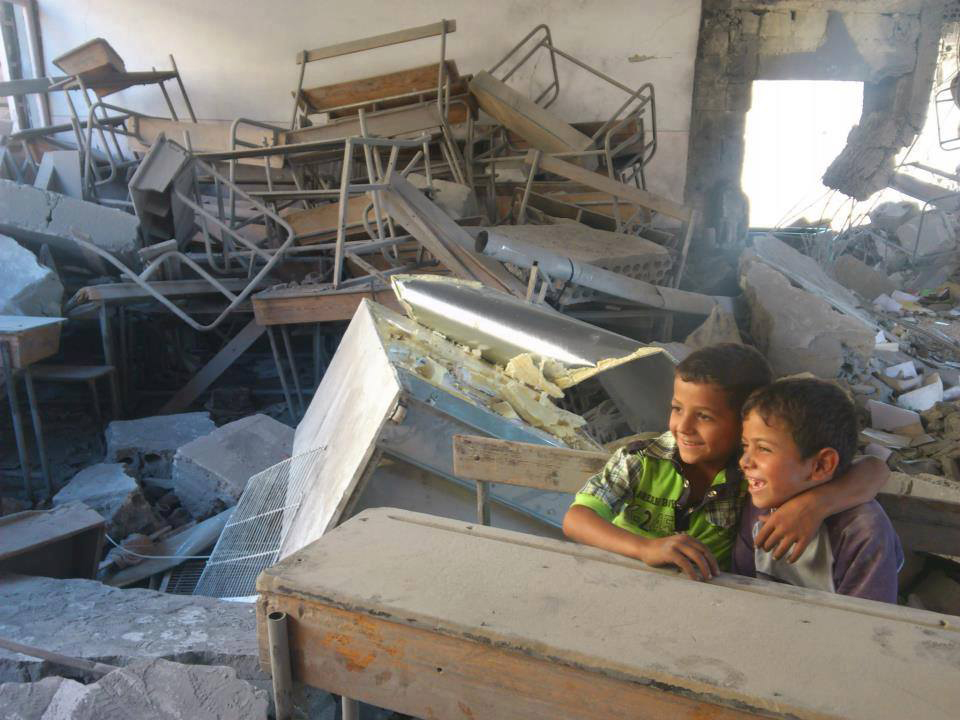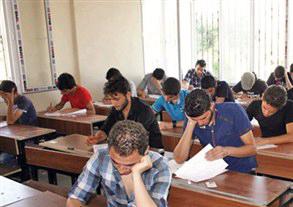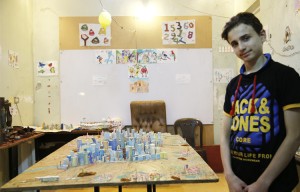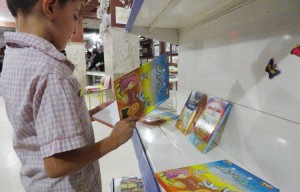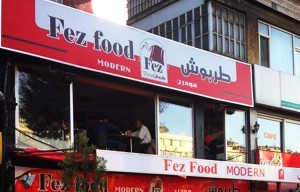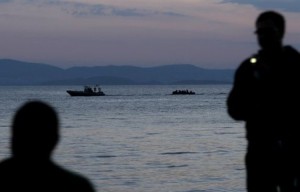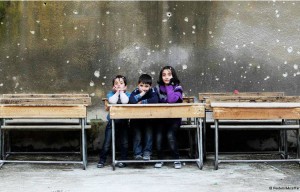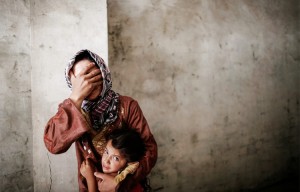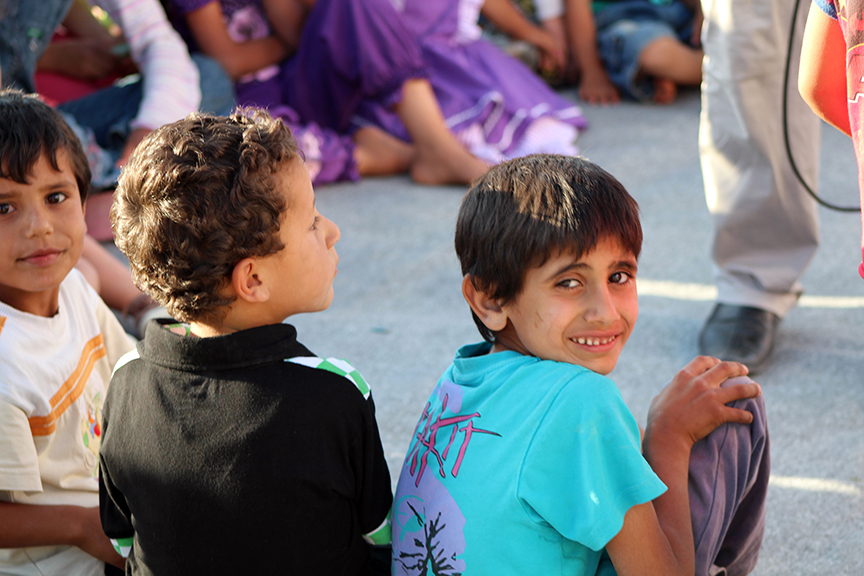
Syrian Children: Investment and Profitable Trade

Enab Baladi Issue # 93 – Sun, Dec. 1, 2013
The war in Syria has created a generation of damaged children, threatened by illiteracy caused by the absence of proper education. Affected by the surrounding environment, school-age refugees who have fled to neighboring countries are increasingly cut off from education and forced to work to survive. Families’ concerns about covering living expenses have become more important than children’s education. For instance, Rami’s family, an eleven-year old kid, preferred he remains working in a soap industry over getting the education opportunity he’s been offered. The same happened to Israa, a 13-year- old girl, whose family insisted she works in a women’s barber shop for only few dollars in return, which would help them pay the monthly house rent.
According to the most recent United Nations reports, more than 2 million Syrian refugee children are languishingly waiting for relief associations’ aids in terms of education. Reports also stated that only 10% of refugee children were able to return to schools. In the streets of the capitals of neighboring Syria, it is recommended you keep some coins to cheer up a Syrian child whom you will incidentally see selling gum or biscuits at the side of the road.
Ammar, a kid from the suburbs of Daraa, cleans the pedestrians’ shoes in the Corniche of Raouche at the city of Beirut. He lives with his brother in a tinplate house whose monthly rental is 150 U.S Dollars. Ammar preferred to clean shoes over begging for money or even being a subject to businessmen’s exploitation in the country. Those people take advantage of refugee children and hire them for very long working hours and low wages in return, which adults cannot handle. Ammar said that he regrets his cut off from education, and added that his school mates have become his new profession mates.
The need to educate as many children as possible and secure their educational life against illiteracy is urgent. Otherwise, children will become ignorant of the fundamentals of knowledge according to the new surrounding environment, where they get introduced to the materialistic business life that prevails and imposes a particular level of interactive social capacities. That results in a conflict between children’s social growth and their actual normal growth. Despite all of that, most of nowadays projects and relief activities are not humanitarian. In some regions, the aid institution is led by someone whose family gets benefit and aids from this institution. Therefore, the whole region will be lucky enough to accommodate all possible social activities and relief projects, be it schooling or medical. Kfarzabad town, located in the Beqaa region of Lebanon – for example – is a home to nearly 200 Syrian families with 3 schools for their children, and where social activities and recreational events are always held. Whereas, other areas which are in a desperate need to receive such aids, remain neglected by the associations and organizations interested in children’s affairs. Bar Elias, for instance, is home to nearly 500 Syrian families, where however there is not even a single small educational centre for children.
It is worth noting that the Syrian children in camps and areas of displacement are likely to get used by media through pictures and TV reports. Nevertheless, that was never reflected in improving their living conditions or showing solidarity with their affairs, or even putting more attention on their actual needs especially in terms of education. Not to mention the almost complete absence of the international institutions of the United Nations mandated to support and protect refugees.
Translated by: Rahaf Abbar
اذا كنت تعتقد/تعتقدين أن المقال يحوي معلومات خاطئة أو لديك تفاصيل إضافية أرسل/أرسلي تصحيحًا
إذا كنت تعتقد/تعتقدين أن المقال ينتهك أيًا من المبادئ الأخلاقية أو المعايير المهنية قدم/قدمي شكوى
-
تابعنا على :





